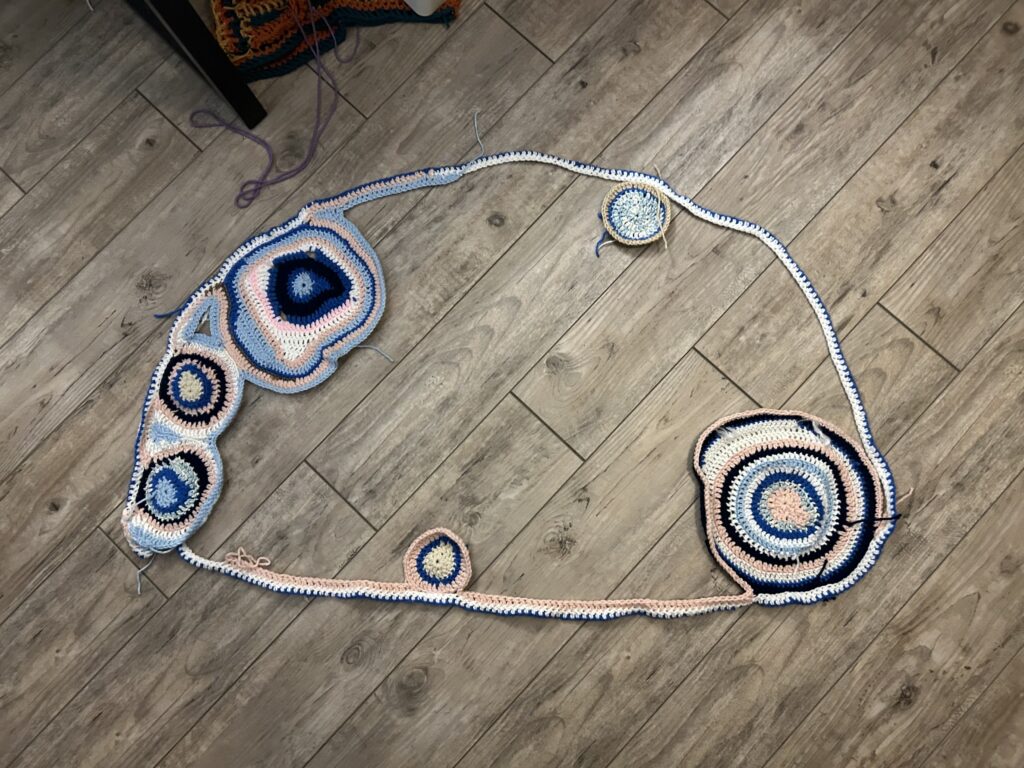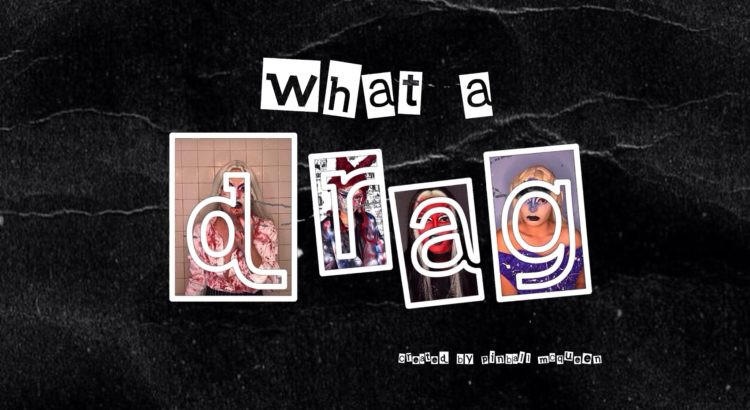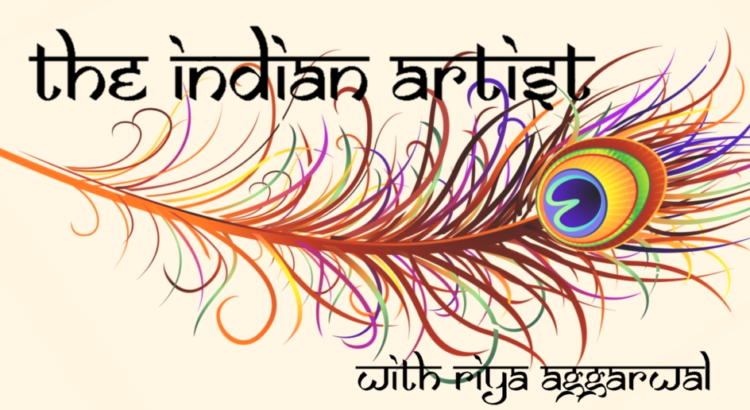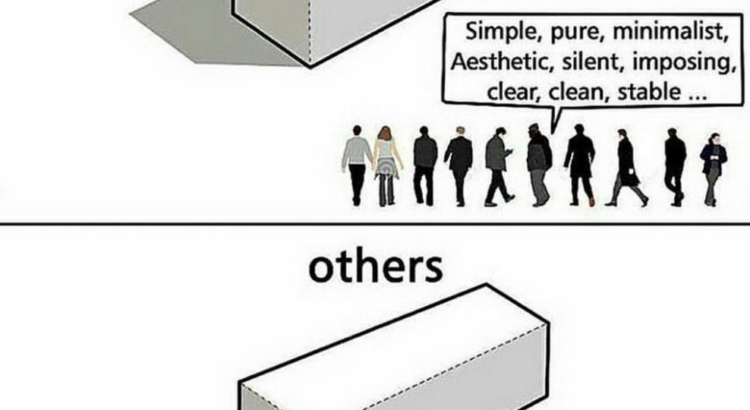Hey everyone,
This week I am super excited to show you a sustainability + ecological project I and my partner Yueshan Jiang have been working on in my creative coding class for our final.
This semester I have been focusing on how to make my fiber arts more interactive for the viewer. I initially learned how to code using Processing, an artist focused programming language. I learned how to be able to manipulate images, create video games etc. Later in the semester us students were taught how to use an Arduino kit to wire interact art installations.
I’ve had an extremely fun time learning these skills and find them really useful to incorporate into my artwork.
Yueshan and I have created this sculpture together to shed more light on the current global climate crisis and it’s relationship to the ocean.
“Our world is currently suffering a global climate crisis. Our oceans are raising in temperature, killing off sea life. The warming oceans cause thermal stress which causes coral bleaching and infectious disease. Sea levels rising also leads to sediments smothering coral. The intention of this interactive experience is to feel a connection between human and sea life. Intended to be immersive and interactive, this piece promotes human impact on the climate crisis as well as instills empathy for our ocean life. ”
How it works: (Stripped straight from our proposal)
“We will use the ultrasonic sensor to pick up on human movement. The closer the viewer is to the coral, the more violent the wave in the background becomes. The light in the central coral sculpture will turn a threatening color. Audio will increase causing the viewer to feel tense. As the viewer moves away, the color returns calm, as does the visual and audio being presented. This sensor will take this information and send it to the Arduino, which will tell processing how to change the visual. The Arduino is responsible for changing the light colors in the sculpture. “
I recently declared a minor in geology and the earth is becoming ever more important to me. I appreciate all the work that Yueshan has helped put into this project, taking on primarily the coding aspects.
That’s what I have for this week, I excited to show you next Friday some Christmas gift crochet ideas!
-Marissa
Yueshan’s Instagram:
@jyueshan_












 ng to my roots while wanting to experience beyond the uber-traditional and what is “expected”, has proven to be more than challenging.
ng to my roots while wanting to experience beyond the uber-traditional and what is “expected”, has proven to be more than challenging. In Hindi, “dhulan” means the bride. This piece, done in various mediums ranging from watercolor, colored pencil, fabric, and gold leafing, is a rendition of a traditional Indian bride decorated in intricate ornaments and clothing. In the drawing, all of the jewelry has been removed in place of different scenes. Her necklace symbolizes the destruction of true love as two hands reach for each other but never meet. The earrings, nose ring, and forehead decoration are each whited-out. Instead, they are replaced by images demonstrating different modes of stress and mental health challenges many children face but are oftentimes overlooked.
In Hindi, “dhulan” means the bride. This piece, done in various mediums ranging from watercolor, colored pencil, fabric, and gold leafing, is a rendition of a traditional Indian bride decorated in intricate ornaments and clothing. In the drawing, all of the jewelry has been removed in place of different scenes. Her necklace symbolizes the destruction of true love as two hands reach for each other but never meet. The earrings, nose ring, and forehead decoration are each whited-out. Instead, they are replaced by images demonstrating different modes of stress and mental health challenges many children face but are oftentimes overlooked.

